The Google Pixel 3 is one of the most polarizing smartphones of 2018, even though it's also one of the most iterative. You won't find many major design changes on the Pixel 3 coming from the Pixel 2, and for most people that's totally fine. The Pixel 2 was one of our favorite Android phones of last year, so why would Google need to reinvent the wheel?
Samsung is in the same boat with the Galaxy S9. Like the Galaxy S8 before it, Samsung's 2018 flagship sports a similar design, display, and many of the same internal specs as its predecessor.
If you're looking for a good, small flagship smartphone, which one's best? Find out in our Google Pixel 3 vs Samsung Galaxy S9 comparison.
Google Pixel 3 vs Samsung Galaxy S9: The specs
These are similarly sized phones released in 2018, so it's no surprise they come with similar spec sheets.
| Google Pixel 3 | Samsung Galaxy S9 | |
|---|---|---|
| Display | 5.5-inch flexible OLED 1,080 x 2,160 resolution 443ppi 18:9 screen ratio Gorilla Glass 5 | 5.8-inch Curved Super AMOLED 2,960 x 1,440 resolution 570ppi 18.5:9 aspect ratio Gorilla Glass 5 |
| Processor | Qualcomm Snapdragon 845 | Global: 10 nm, 64-bit, octa-core Samsung Exynos 9810 (2.8 GHz quad + 1.7 GHz quad) U.S.: 10nm, 64-bit, octa-core Qualcomm Snapdragon 845 |
| GPU | Adreno 630 | ARM Mali-G72 (Exynos) Adreno 630 (Snapdragon) |
| RAM | 4GB | 4GB |
| Storage | 64GB, 128GB No microSD slot | 64GB, 128GB, 256GB microSD expansion up to 400 GB |
| Cameras | Rear: 12.2MP f/1.8 sensor, 1.4 micron pixels, OIS and EIS, spectral and flicker sensor Front: Main: 8MP standard angle (75 degree FOV) f/1.8 auto-focus sensor Secondary: 8MP wide-angle (97 degree FOV) f/2.2 fixed-focus sensor | Rear: Super Speed Dual Pixel 12 MP AF sensor with OIS, f/1.5 and f/2.4 apertures Front: 8 MP AF sensor, f/1.7 aperture |
| Headphone jack | No | Yes |
| Battery | 2,915mAh 18W fast wired charging Fast Qi wireless charging | 3,000mAh Fast wired charging compatible with QC 2.0 Fast Qi and PMA wireless charging |
| IP rating | IP68 | IP68 |
| Connectivity | Wi-Fi 2.4GHz + 5GHz 802.11 a/b/g/n/ac, 2x2 MIMO, Bluetooth 5.0 USB Type-C NFC Location: GPS, Galileo, Glonass | Wi-Fi 802.11 a/b/g/n/ac (2.4/5 GHz) VHT80 MU-MIMO 1024QAM Bluetooth v5.0 (LE up to 2 Mbps) ANT+ USB Type-C NFC Location: GPS, Galileo, Glonass, BeiDou |
| Software version | Android 9 Pie | Android 8 Oreo |
| Colors | Just Black, Clearly White, Not Pink | Midnight Black, Coral Blue, Lilac Purple, Titanium Grey, Sunrise Gold |
| Dimensions and weight | 68.2 x 145.6 x 7.9mm 148g | 147.7 x 68.7 x 8.5mm 163g |
Under the hood, the Pixel 3 and Galaxy S9 feature Qualcomm's Snapdragon 845 SoC (the global S9 has an Exynos 9810), 4GB of RAM, and a base storage of 64GB. While the Pixel 3 maxes out at 128GB with no microSD slot, the Galaxy S9 comes in 128 and 256GB flavors and has microSD expansion. However, Pixel 3 owners will benefit from three years of original quality Google Photos storage.
In terms of performance, the Pixel 3 pulls slightly ahead of the Galaxy S9. It's still early days, but I haven't experienced any stutters or slowdowns on the Pixel 3. The Galaxy S9 has felt a tad sluggish for me lately, though nothing worth complaining about.
Samsung makes some of the best AMOLED displays around, and the S9's is fantastic. It has a 5.8-inch Super AMOLED screen with a Quad HD+ resolution and 18.5:9 aspect ratio. It looks great.
The Pixel 3's 5.5-inch OLED Full HD+ display was made by LG, and it's a huge improvement over last year's LG-made Pixel 2 XL screen. Still, most people will prefer the S9's screen — it's super crisp, has punchier colors, and it's curved around the left and right sides.
Battery life is about the same on both phones: not great, but not horrible either. I've averaged about 4-5 hours of screen-on time with both devices. That's actually decent considering their smaller-than-average batteries (2,915mAh on Pixel 3, 3,000mAh on S9). It also helps that the Pixel 3's display is only Full HD+, and the S9's can drop down to Full HD+ if you want to save some battery. Whichever phone you decide on, don't expect two-day battery life.
On the bright side, both support Qi wireless charging, and the S9 is also compatible with the PMA standard. One downside to going with the Pixel 3 you'll only get fast wireless charging on Made For Google-certified accessories. Bummer.
Let's finish off this section by talking about the extras — things that aren't essential, but still matter to many users. The Galaxy S9 has a headphone jack, while the Pixel 3 is courageous enough not to have one. They both come with earbuds in the box, which is a nice touch and something not all manufacturers do. Samsung includes a pair of AKG earbuds in the box, and Google includes Pixel USB-C earbuds in the box, which are actually really nice.
Additionally, both come with IP68 water resistance ratings, and both have rear-facing fingerprint sensors. The Galaxy S9 steps it up a notch with biometrics and adds face unlock, too.
Google Pixel 3 vs Samsung Galaxy S9: Design and hardware
Google and Samsung have very different design languages, and those differences are especially apparent with these phones.
Ever since, say, the Galaxy S6, Samsung has always been about making the most elegant Android phones it can. The Galaxy S9 is no exception. Its glass and aluminum design is high-end as you can get in the Android world, thanks in part to the curved glass on the front and back. It's not as slippery as the Pixel 3, but you'll still want to put a case on it — glass phones break easily.
The Pixel 3 also feels particularly high-end, but it's a different kind of high-end — it's more fun. It feels almost plasticky to the touch even though it's made of glass. Combine the plasticky finish with the rounded corners and colored power button, and you have a phone that feels sort of like a really high-end toy.
#gallery-1 { margin: auto; } #gallery-1 .gallery-item { float: left; margin-top: 10px; text-align: center; width: 50%; } #gallery-1 img { border: 2px solid #cfcfcf; } #gallery-1 .gallery-caption { margin-left: 0; } /* see gallery_shortcode() in wp-includes/media.php */- Galaxy S9
- Pixel 3
Google isn't pushing any design boundaries here, but Samsung is. It's removing as much bezel as it can, and incorporating a curved screen, a no-notch design, and things important to many users like a headphone jack.
Google's very much following industry trends in design. It removed the headphone jack from the Pixel 2 after marketing it as a big selling point of the OG Pixel. It also included the biggest notch in history on the Pixel 3 XL, because, well, everyone else was doing it.
Samsung is a design leader, Google is a design follower.
I can't hate on the big ol' bezels on the Pixel 3 and 3 XL too much, though — they house front-facing speakers, which I absolutely love.
Google Pixel 3 vs Samsung Galaxy S9: Cameras
If you're looking for the biggest reason to buy the Pixel 3, buy it for the camera. Most reviews you see will echo this claim — it's one of the best all-around shooters on a smartphone to date, even beating out the likes of Apple's new iPhone XS in many cases.
Samsung's Galaxy S9 has a great camera setup too. We told you in our review the S9's camera was one of the best, though a little flawed at times.
Before we get too far into this, let's compare hardware. The Pixel 3 has a single 12.2MP rear camera with an f/1.8 aperture and 1.4-micron pixels, complete with OIS and EIS. The Galaxy S9 also has a single 12MP lens with dual f/1.5 and f/2.4 apertures, 1.4-micron pixels and OIS.
 Google Pixel 3 Samsung Galaxy S9
Google Pixel 3 Samsung Galaxy S9 
In the image above, you'll see both devices can take impressive shots, but the Pixel's offers more contrast and punchier colors without oversaturation. The color of the blanket is more true to life in the Pixel's photo, while the S9 washes it out more.
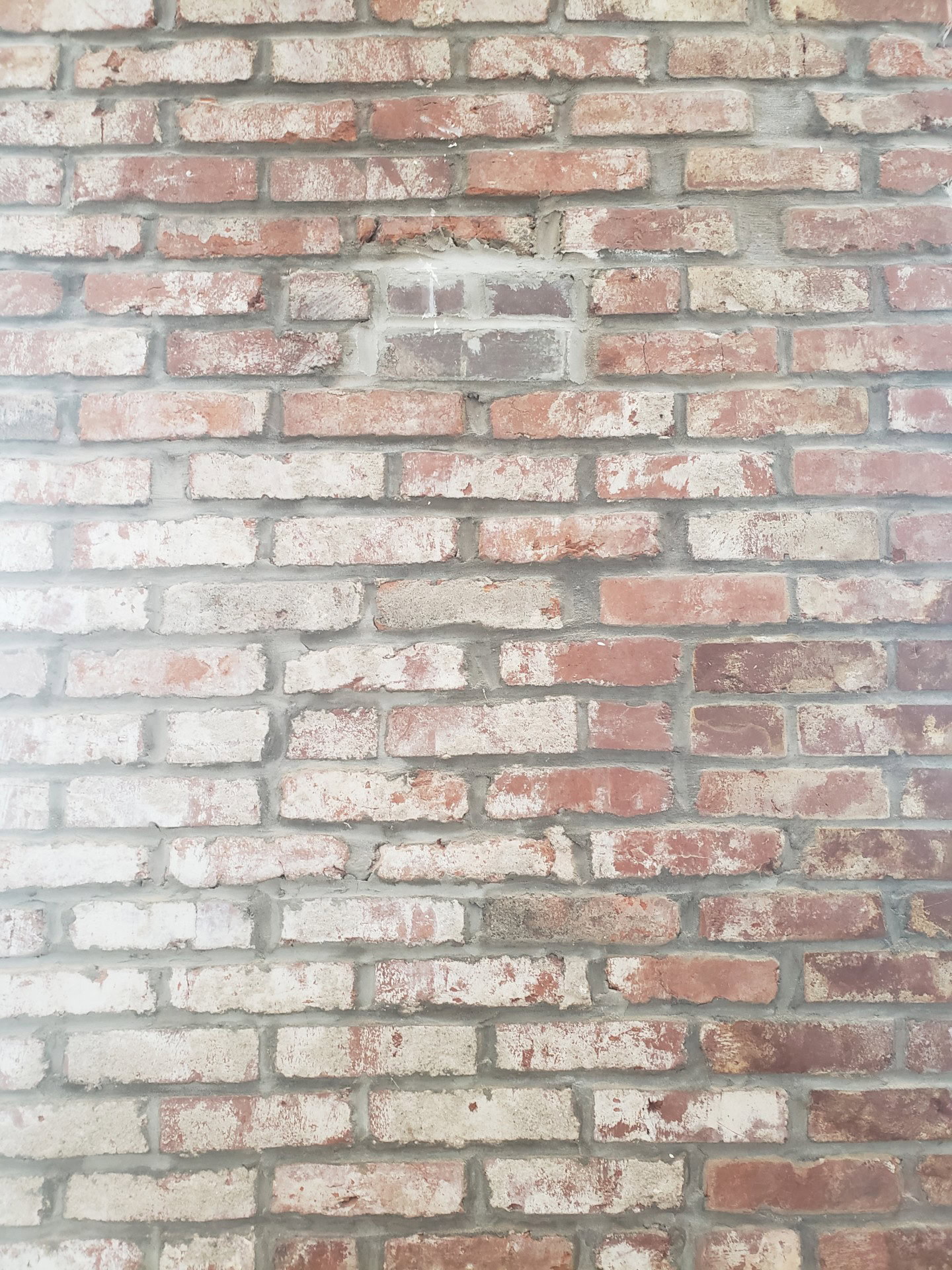 Google Pixel 3 Samsung Galaxy S9
Google Pixel 3 Samsung Galaxy S9 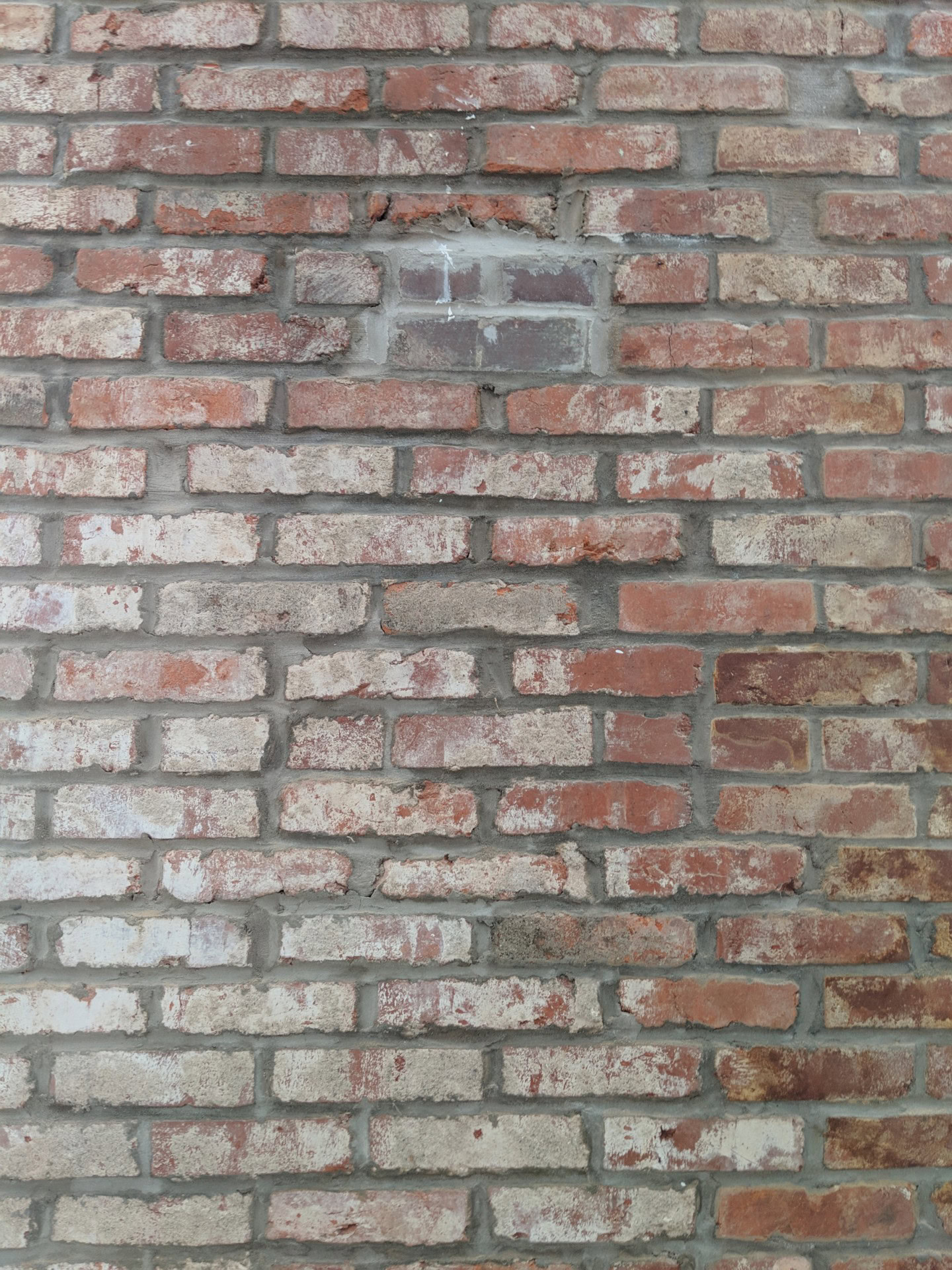
The same is true for this next photo. The Pixel 3 produced a more realistic image, with the right levels of contrast and no overblown highlights. In the S9's photo, you can see the whole image is whiter than the Pixel's.
The Galaxy S9 picked up a pretty drastic highlight from the window directly to the left of this wall, whereas the Pixel 3 balanced it all out out and didn't overexpose the light source.
 Google Pixel 3 Samsung Galaxy S9
Google Pixel 3 Samsung Galaxy S9 
Finally, we have low-light. A quick disclaimer: I'm not using the Pixel 3's Night Sight mode for this camera sample, but you can read all about it here.
Again, the Pixel produced a more true-to-life shot, but that's not always a good thing. The scales and texture on the dinosaur are sharper, and the color is more accurate too. However, the Galaxy S9's photo is lighter and bumps up the highlights, though it's at the expense of less accurate colors.
Both phones also have rear- and front-facing portrait modes, and I'd say the Pixel 3 is the winner here. It's more accurate at separating the subject from the background, and the S9 tends to oversoften any face it sees.
If you'd like to check out more camera samples, you can see the Pixel 3's samples here and the S9's samples here.
Google Pixel 3 vs Samsung Galaxy S9: Software
This is where the comparison gets a little easier.
Pixel phones are always among the first devices to get new builds of Android, so you'll want to go with the Pixel 3 if you care about getting security patches every month and major builds of Android as soon as they're released.
Samsung is one of the worst offenders when it comes to software updates. The Galaxy S9 launched with Android 8.0 Oreo, even though 8.1 was already out at that time. It still hasn't received a major update to this day. Samsung phones sporadically get monthly security patches, but hopefully that will change going forward.
In terms of overall user experience, I much prefer Google's take on Android. I love using the Pixel Launcher, I love the new-and-improved settings menu, and I use Google Discover all the time. My biggest critique with the Pixel's software is the wonky navigation system, which my colleague Justin summed up here. Aside from that, you can read all about Android 9.0 Pie right here. Spoiler: it's great.
The Samsung Experience launcher on the S9 is feature-rich, but unfortunately that comes with a few caveats. Samsung still includes plenty of duplicate apps on its phones, which means users have two browser apps, two email apps, two SMS apps, two calendar apps, and so on. It just makes the phone feel bloated. Also, I'm talking about the unlocked model. If you buy your phone from a carrier, get ready to hide or disable all of the pre-installed carrier bloat too.
The Galaxy S9 still has yet to receive a major software update. Come on, Samsung.
Aside from that, the S9's software has many redeeming qualities. It comes with its own theme store to help you bring a more personal touch to your phone. The stock Gallery app is nice too — it lets you create loopable GIFs out of any of your videos.
Finally, let's talk voice assistants. Google Assistant is available on all Android smartphones, but it's baked into the Pixel 3 a little more. You can squeeze the sides of the Pixel 3 to summon the Assistant, and the phone comes with a few extra Assistant features.
Google Assistant is also available on the Galaxy S9, but so is Samsung's Bixby voice assistant. Bixby's not all bad, but Samsung has a lot of catching up to do to get to Google's level. I particularly like programming multiple actions and having Bixby perform all of them with a single keyword. Unfortunately, that's where my positivity towards Bixby stops. The Bixby button is annoying and Bixby Home is nothing more than a place for Samsung to try to sell you things.
Which one is right for you?
I think Kris said it best in his Pixel 3 review: The Pixel 3 is the Android iPhone. It's not a phone that appeals to everyone — it doesn't have a laundry list of flashy features, and it doesn't look futuristic. However, it has the best camera around, superb software, and, maybe most importantly, it fixes most of the gripes we had with the Pixel 2. Get the Pixel 3 if you care about software updates and camera quality.
The Galaxy S9 generally holds its own against the Pixel 3. Its camera isn't quite at Pixel level, but the S9 beats out the Pixel in key areas like display quality, wired audio, and design. If you care most about those three things, you'll be happy with the S9.
The phones' prices are important too, though. The Galaxy S9's price tag is steadily decreasing, dropping down to as low as $520 for a brand new model and $490 for refurbished. It will take Google awhile to drop the Pixel 3's price tag unfortunately, so you can expect to pay $800 for the base model Pixel 3 for the foreseeable future.
If money isn't an obstacle, I'd recommend the Pixel 3. The camera is on another level, and it has the best Android experience on the market.
What do you think? Tell us in the comments which device you'd choose, and be sure to check out our full review videos below!
from Android Authority https://ift.tt/2qjwGYM
via IFTTT
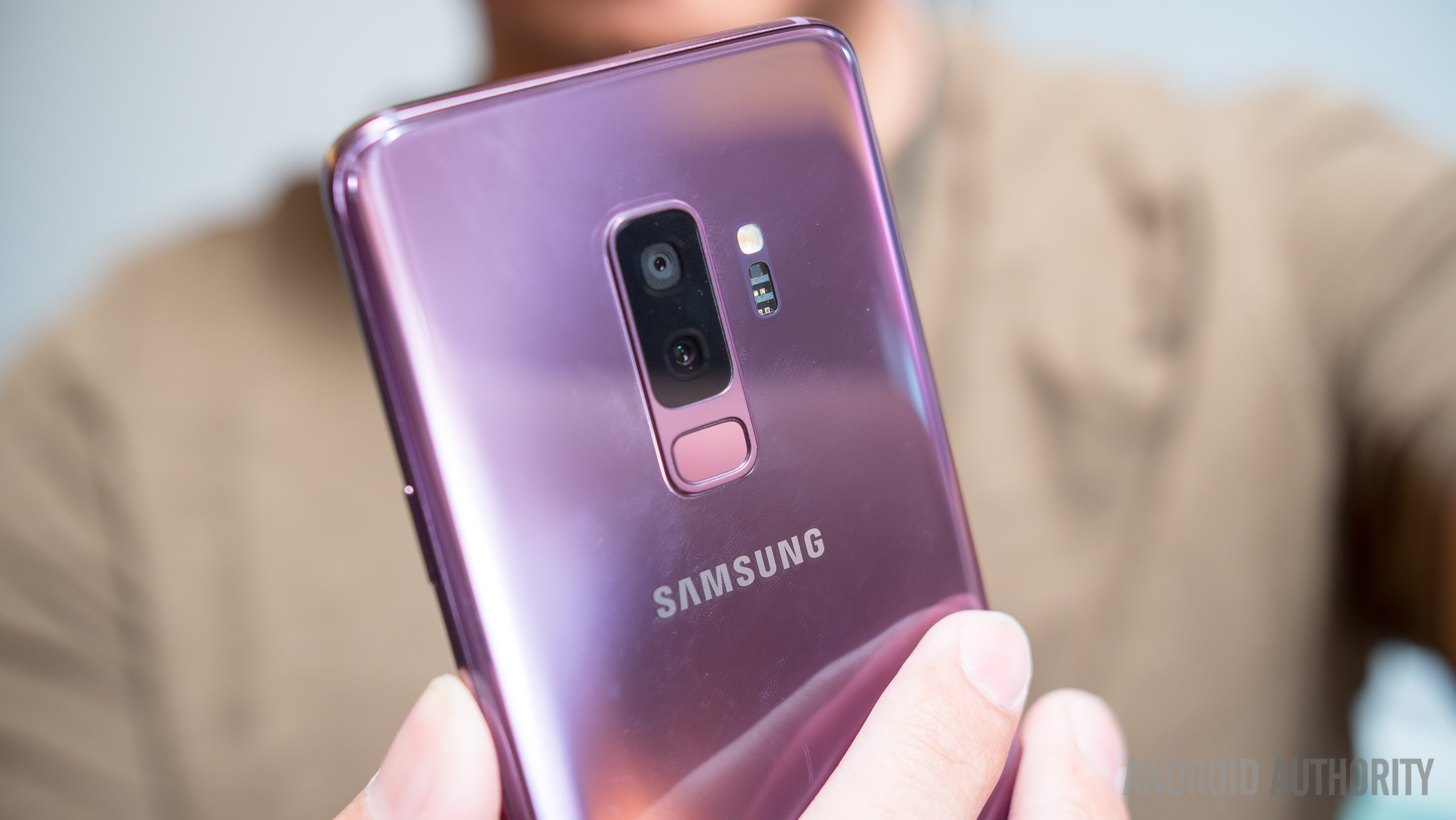

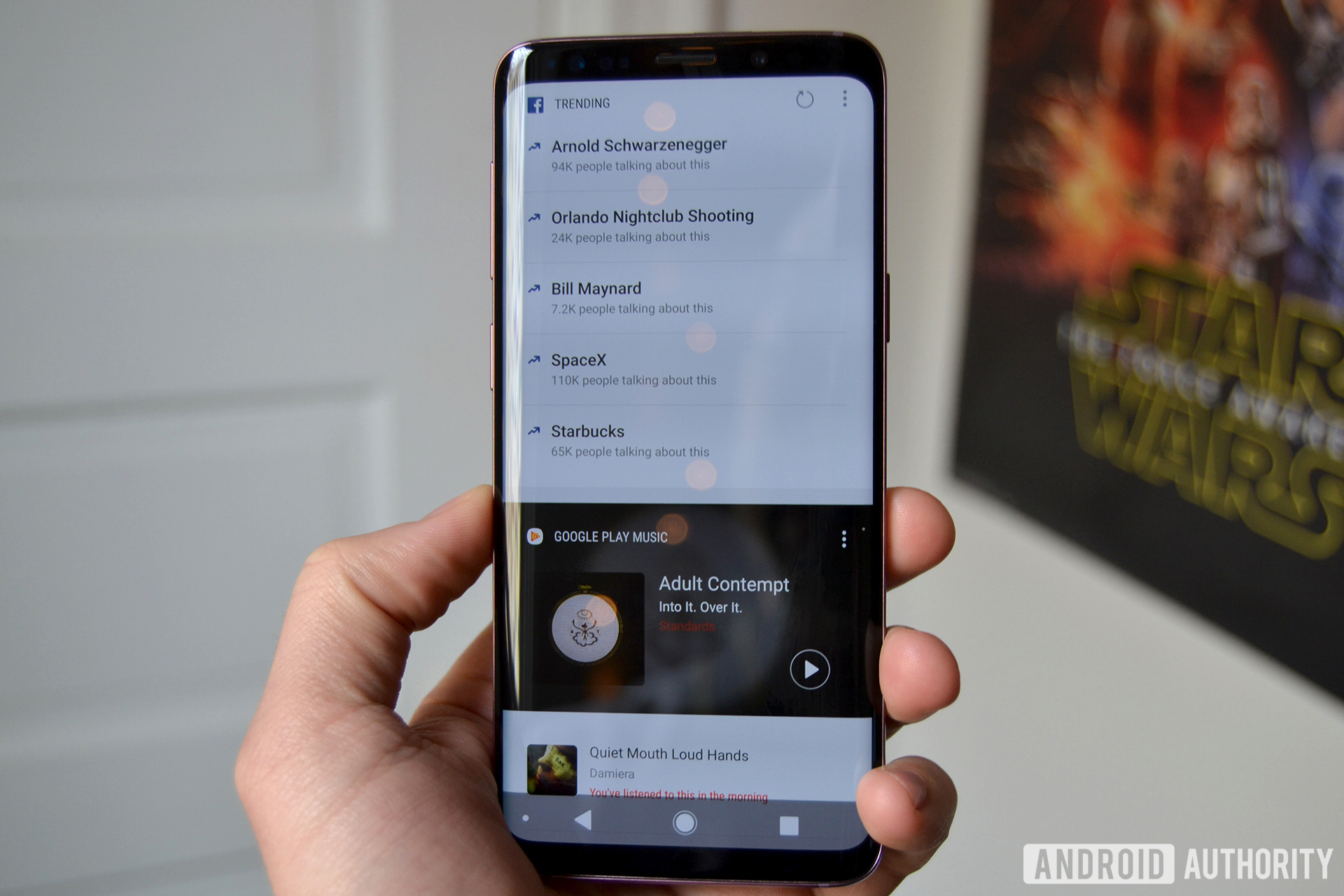
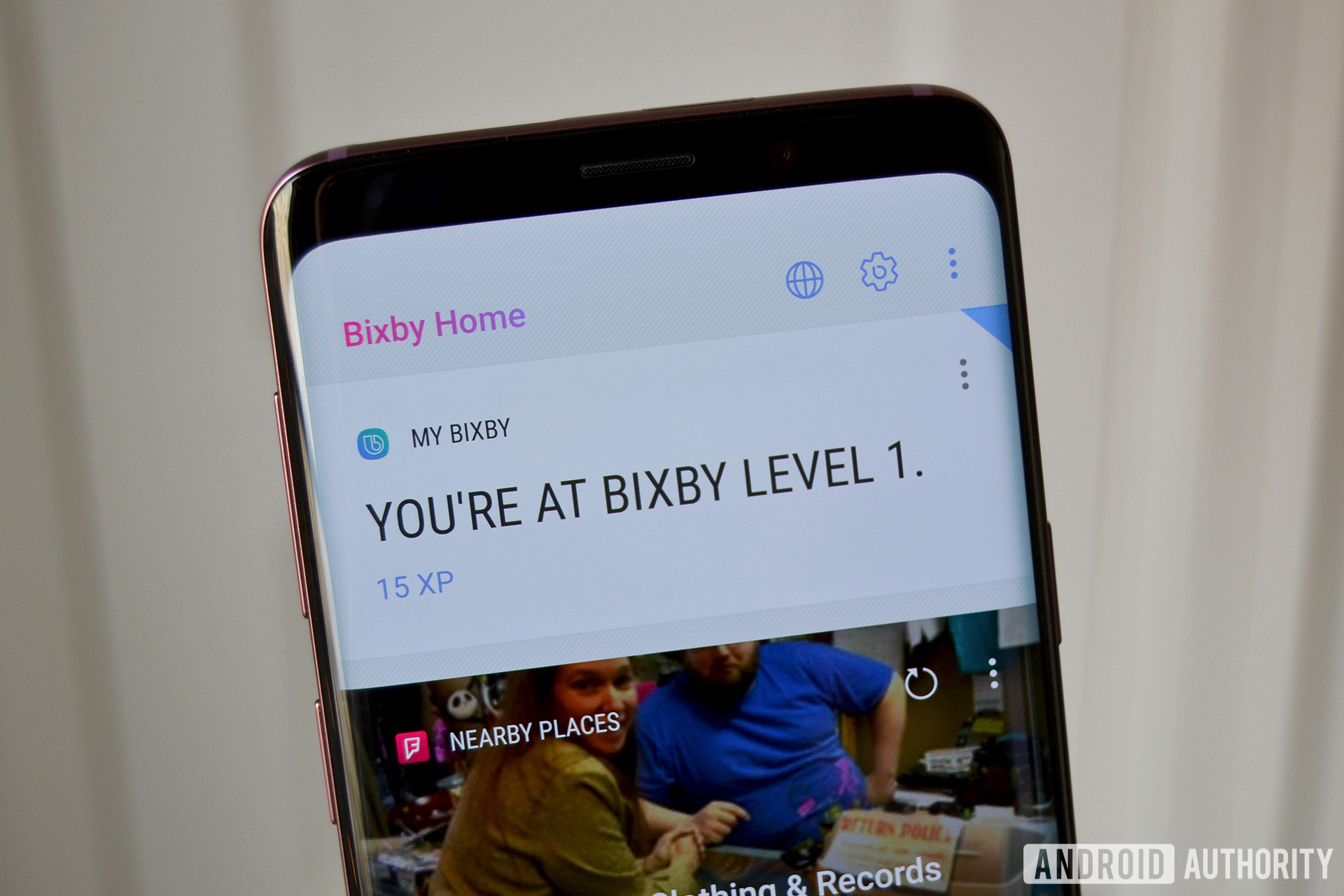
Aucun commentaire:
Enregistrer un commentaire